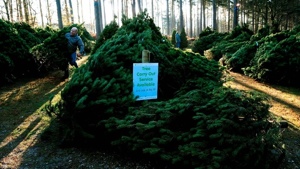In the interests of full disclosure, I will state that I have grown a moustache in honour of this months charity before so I’m obviously aware of the charity. However, it’s an intriguing one as it is arguably the world’s (or at least UK’s) first viral charity. Its spread like wildfire and now my Facebook page is littered with people sprouting facial hair for Movember.
Movember is the practice of clean shaving on the first of November and then growing a moustache with no acceptance of shaving for the entire month. All of this organised silliness has a very serious message of raising awareness and money for fighting male prostate cancer.
The ‘event’ as it were, was started in November 2003 with humble beginnings:
– The Movember idea is born in Melbourne, Australia by two mates discussing fashion and recurring trends, they question where the Mo had gone and joke about bringing it back. Together, they decide to talk their mates into growing a Mo with them. They choose the month of November renaming it Movember.
– Movember rules and guidelines are defined; all of which remain in place today
Participating countries: Australia
– 30 Mo Bros and Mo Sistas
– Funds Raised: None

From just a fun event amongst friends the event led way to the fund raising event that it is now in 2004 when they raised $54,000 AUD which was in no way an indicator for how massive the event has become now in 2012. In 2011:
– Movember officially launches campaigns in Belgium, Denmark and Norway
– Movember obtains official charity status in Canada, England, Wales and Scotland
– Participating countries: Australia, Belgium, Canada, Czech Republic, Denmark, Finland, Ireland, Netherlands, New Zealand, Norway, South Africa, Spain, UK and USA
– 854,288 Mo Bros and Mo Sistas
– Funds Raised: GBP £79.3 million
The fund raising effort is now truly global and enables the charity to do incredible work not just raising awareness of prostate cancer, but also funding research and treatment to combat it.
Go on….. Be a Mo Bro!
DC










